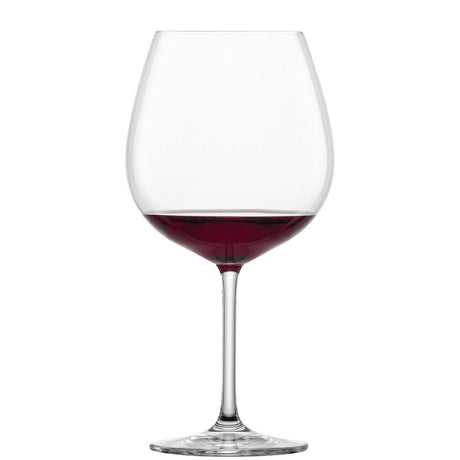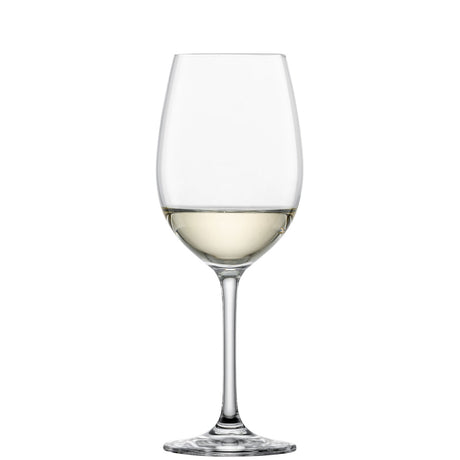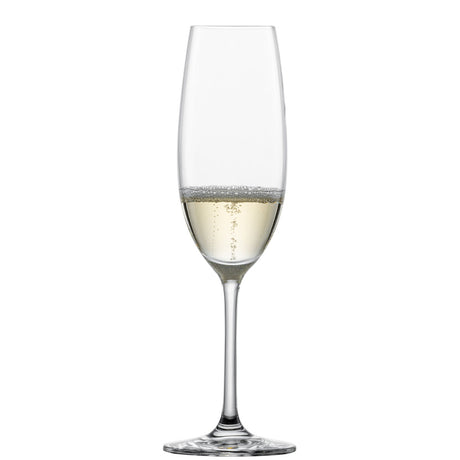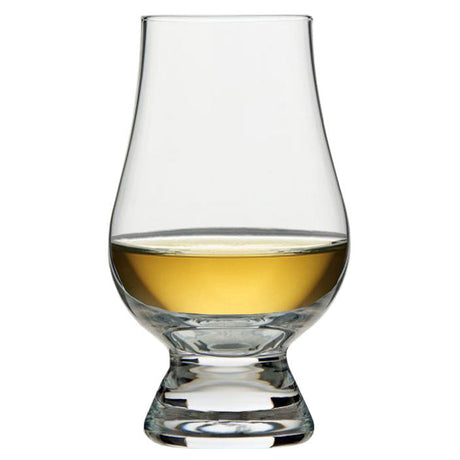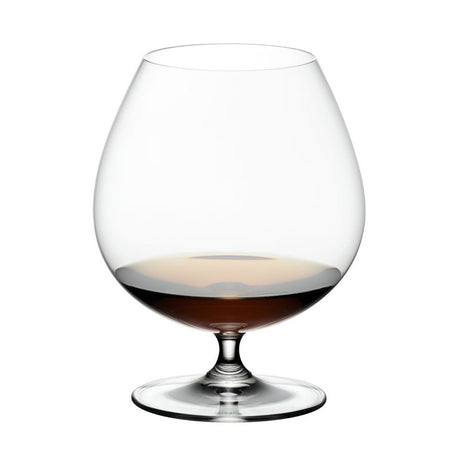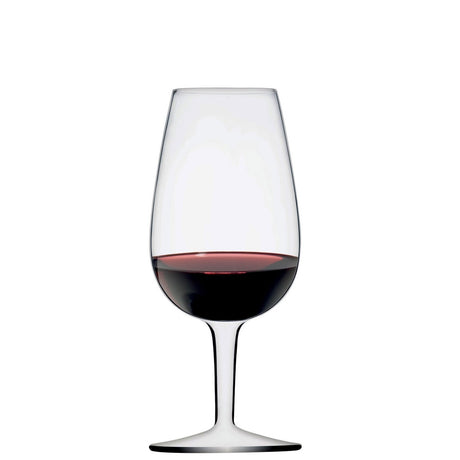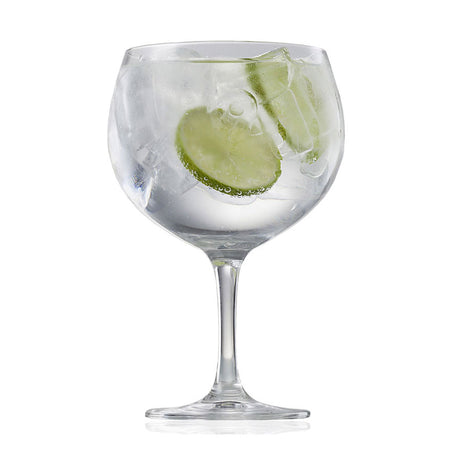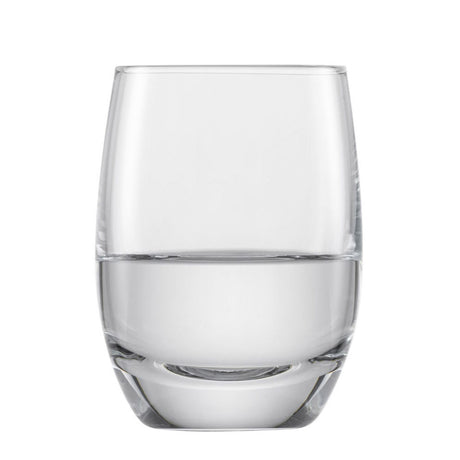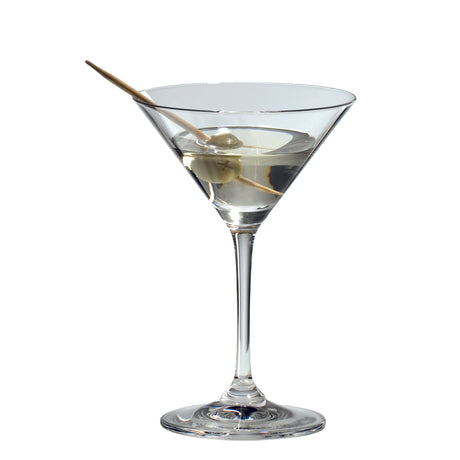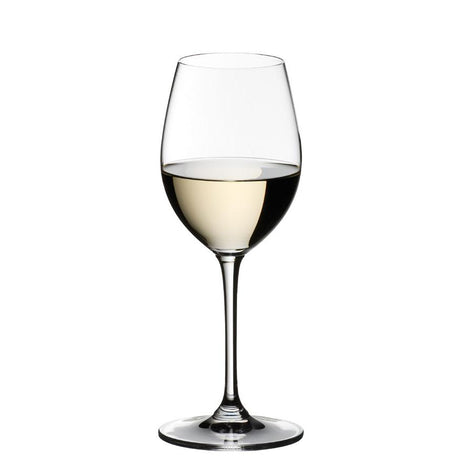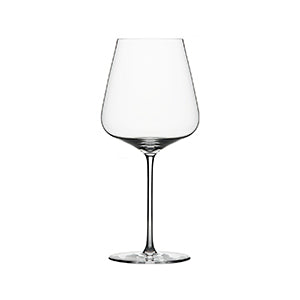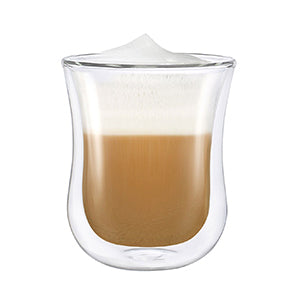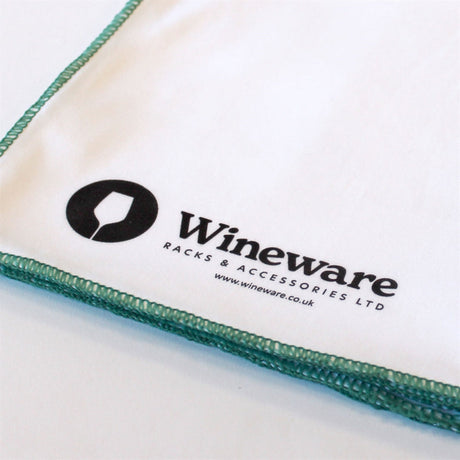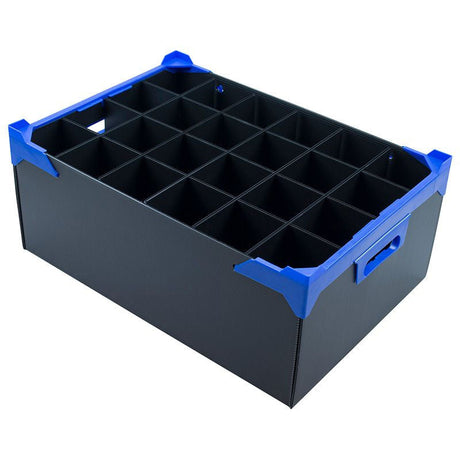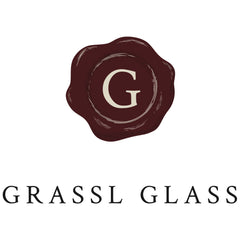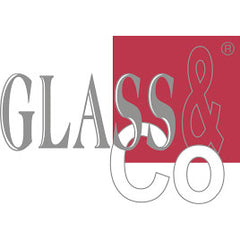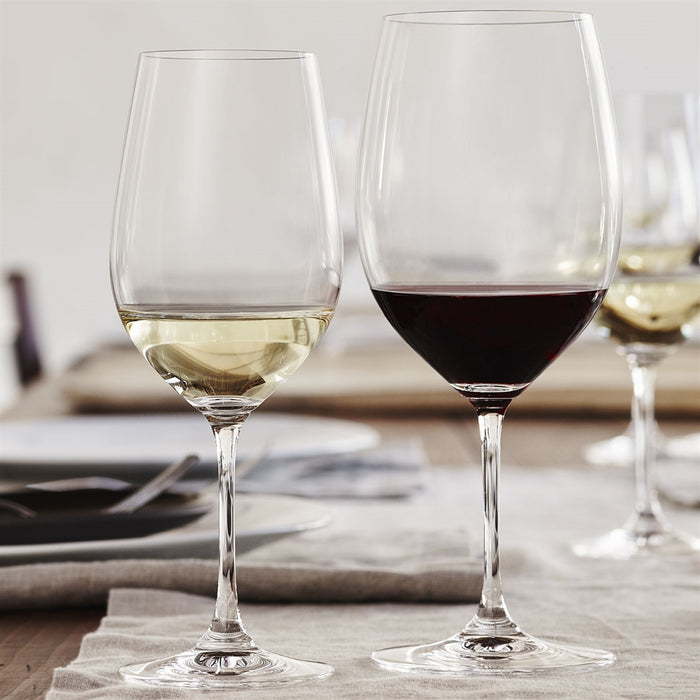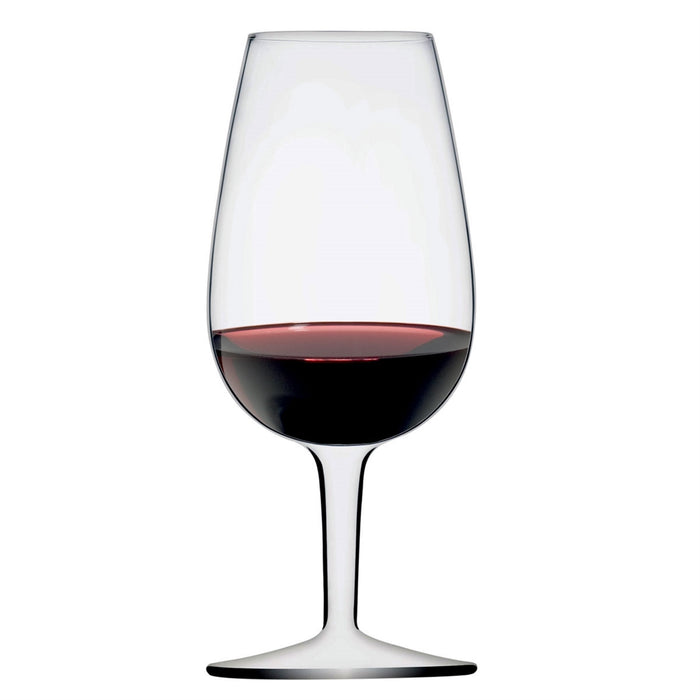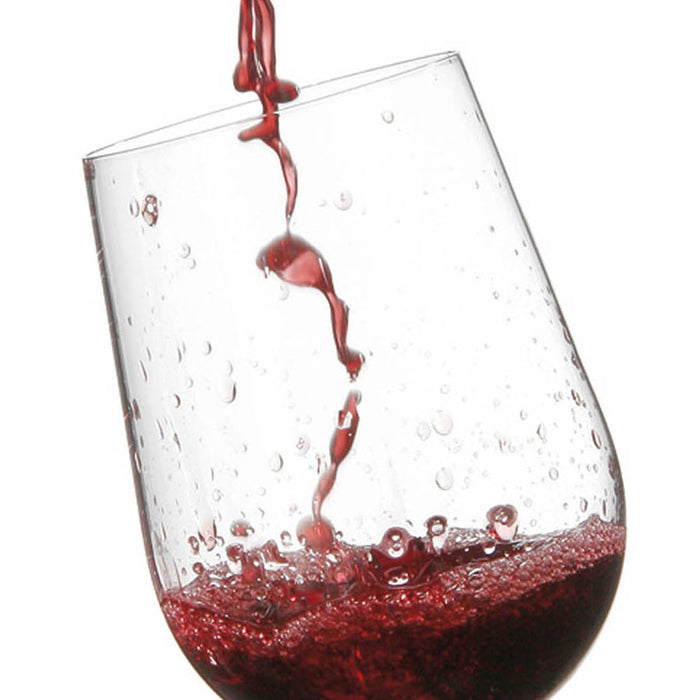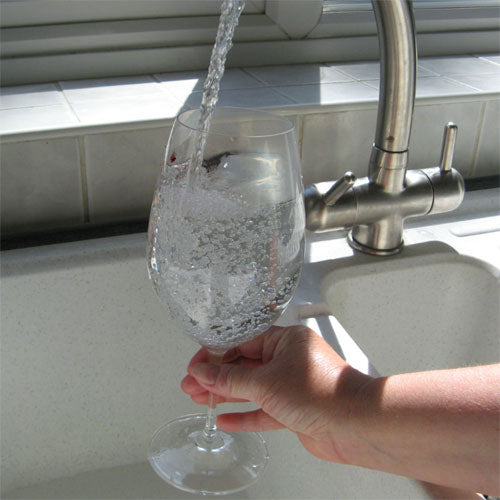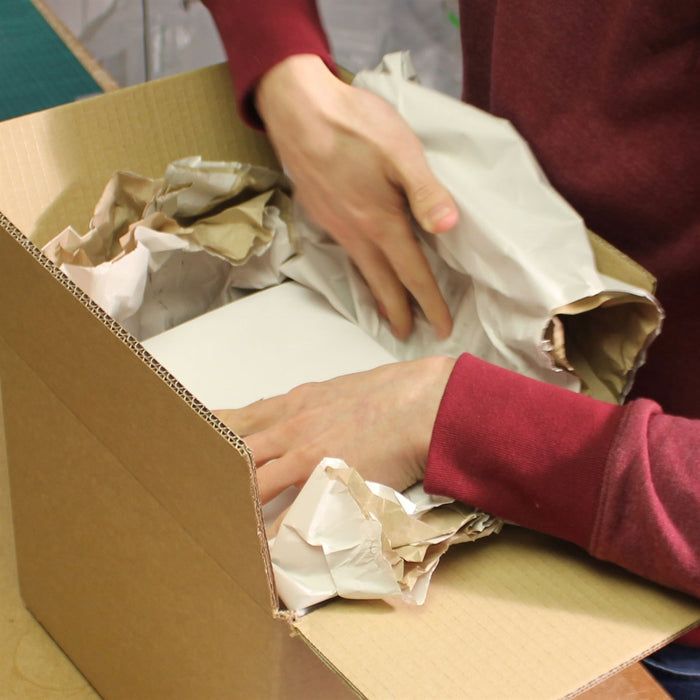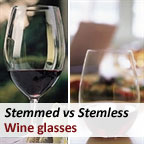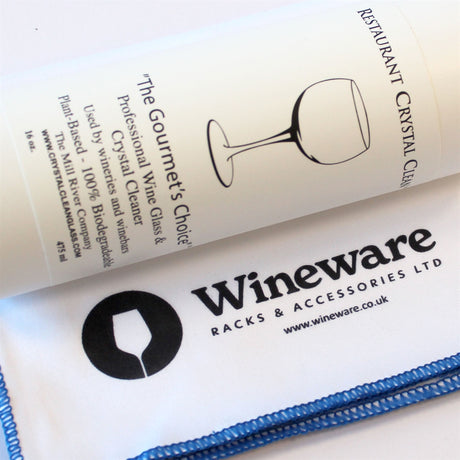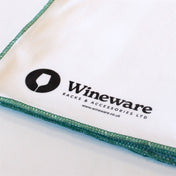- There's no difference in the taste when using a stemmed glass to a stemless glass.
- Both stemmed glasses and stemless glasses have pros and cons.
- Stemless glasses will warm the wine from contact with your hand, so you should consider this.
Does the stem affect the taste, quality or overall enjoyment of wine? Should I invest in stemless glasses for my restaurant or home? Are stemmed glasses better for tasting? We cannot answer these questions for you; however, on your behalf, we can suggest the differences between stemmed and stemless glasses and let you decide which glass you prefer.

Stemmed vs Stemless wine glasses
This table explores the differences between stemmed and stemless glasses. We have remained impartial to give both glasses an equal footing.
| Stemmed Glass Pros | Stemmed Glass Cons |
| Stemmed glasses look more elegant | Stemmed glasses are prone to breaking at the stem |
| Used for a traditional table setting | Stemmed glasses are not as sturdy as the solid-based stemless glasses |
| Keeps the wine cool and free from (hand) temperature | Potentially more challenging to clean and dry |
| Stemmed glassware allows you to analyse the colour of the wine easily | |
| You can easily swirl your wine, encouraging it to breathe | |
| Great for formal occasions | |
| More variation and choice is available | |
| Price range differs with brand and 'type of wine glass' | |
| Using the stem avoids fingerprints on the glass |
| Stemless Glass Pros | Stemless Glass Cons |
| They are easy to store in cupboards and small spaces | A stemless glass makes it difficult to analyse the contents |
| Stemless glasses have become a modern and contemporary table setting | Finger marks on the bowl |
| Less precarious when placed on the edges of tables and counters | You have to be careful when swirling in a stemless glass as it is often tricky when holding it by the bowl |
| Red wine is heated nicely by your hand (skin temperature), holding the glass. | |
| Great for the dishwasher | |
| Good for large gatherings or parties where (in most cases) glasses are more likely to get knocked | |
| Make for a comfortable and easier-to-hold | |
| More suitable for use outdoors | |
| Sometimes less expensive than stemmed glasses |
Engraving is available on stemmed and stemless glasses, so you can personalise your glassware regardless of whether it has a stem!
You can compare the ongoing debate between stemmed and stemless wine glasses with siblings. They quarrel and argue with one another continuously, but they get on ideally on occasions and can be seen sitting at the dinner table together.
Why would you want a stemless wine glass?
All in all, it is down to personal preference and which glass you prefer and enjoy serving wine or other drinks. You may choose one type of glass over the other due to the occasion, whether it is a formal or informal event.
Some experts and sommeliers feel stemless wine glasses are a welcome addition to the glassware industry and have received great praise. Simultaneously, others will argue that stemmed glasses are the best choice for enjoying wine to its maximum potential.
